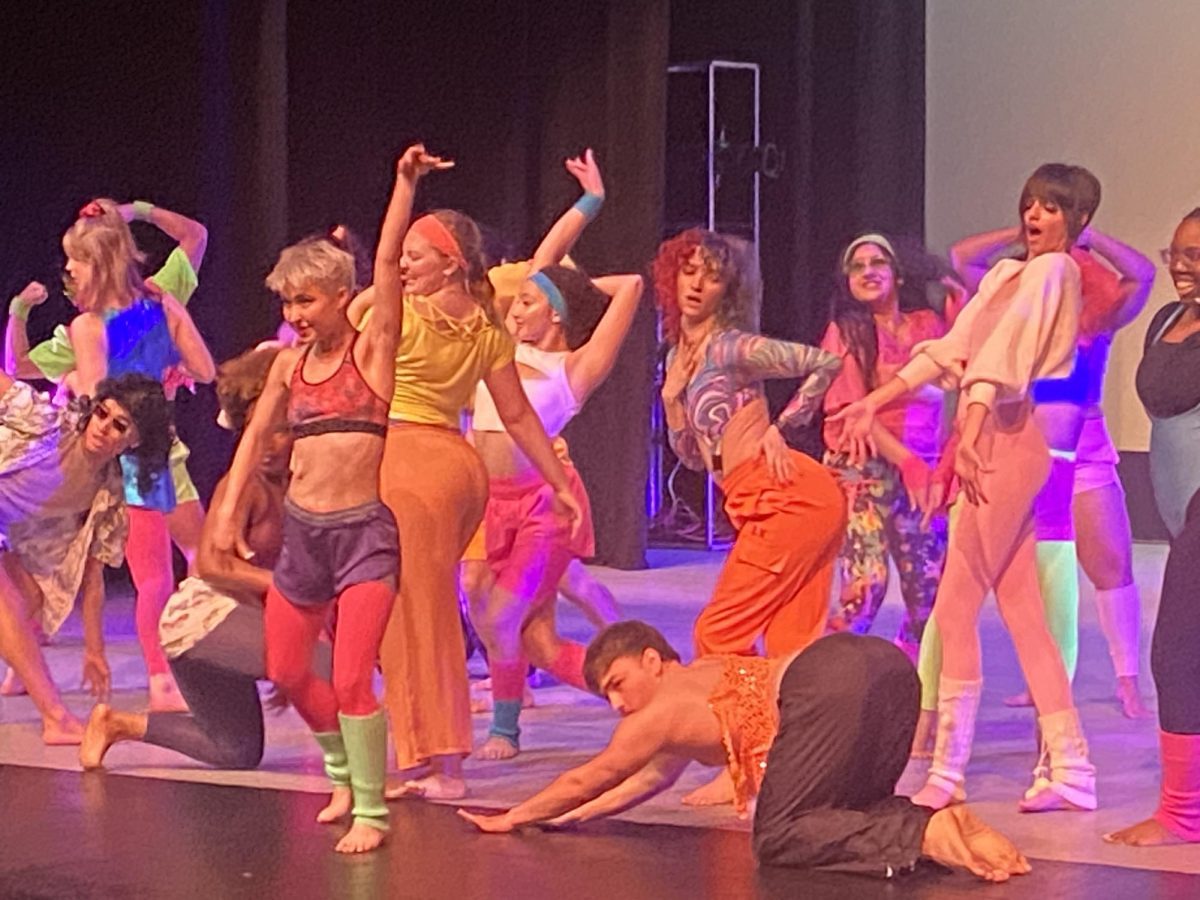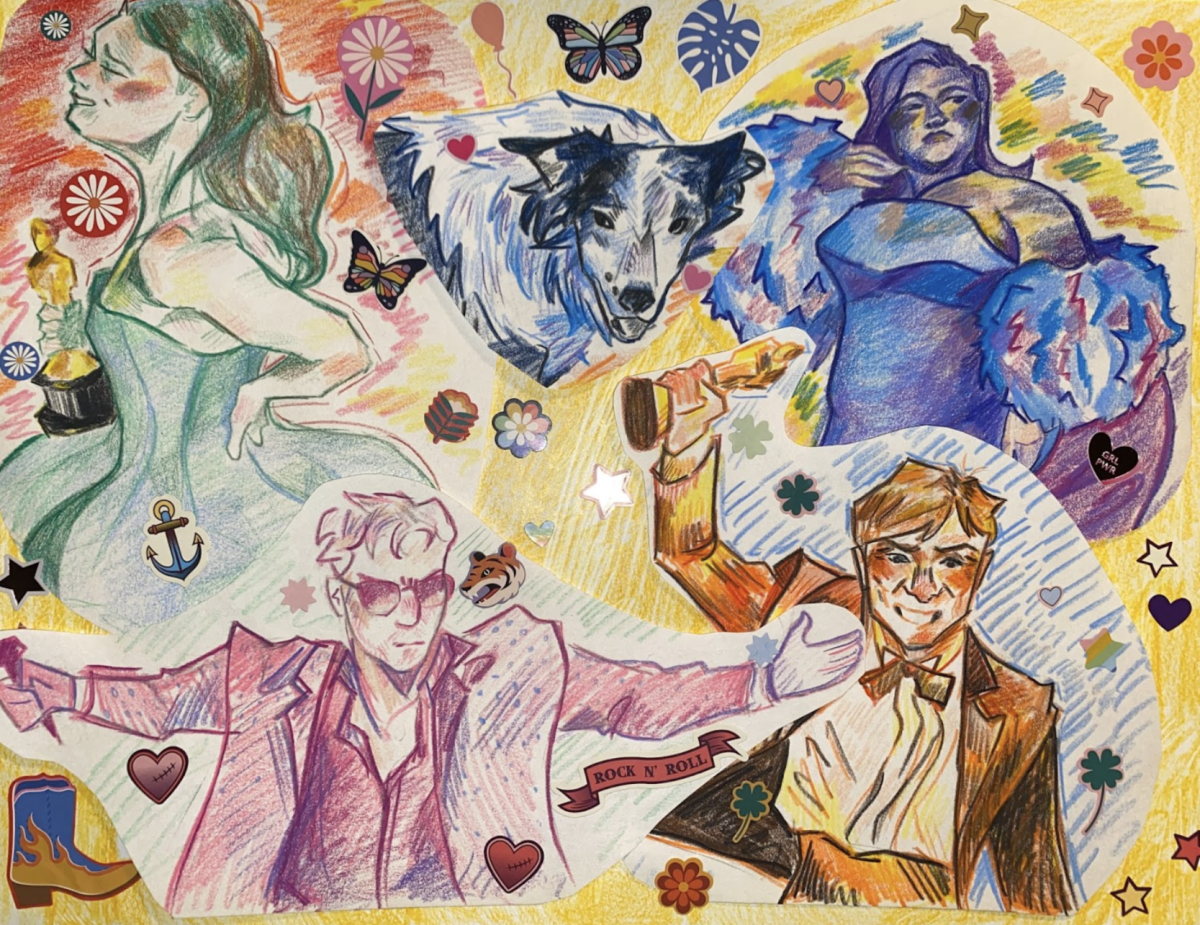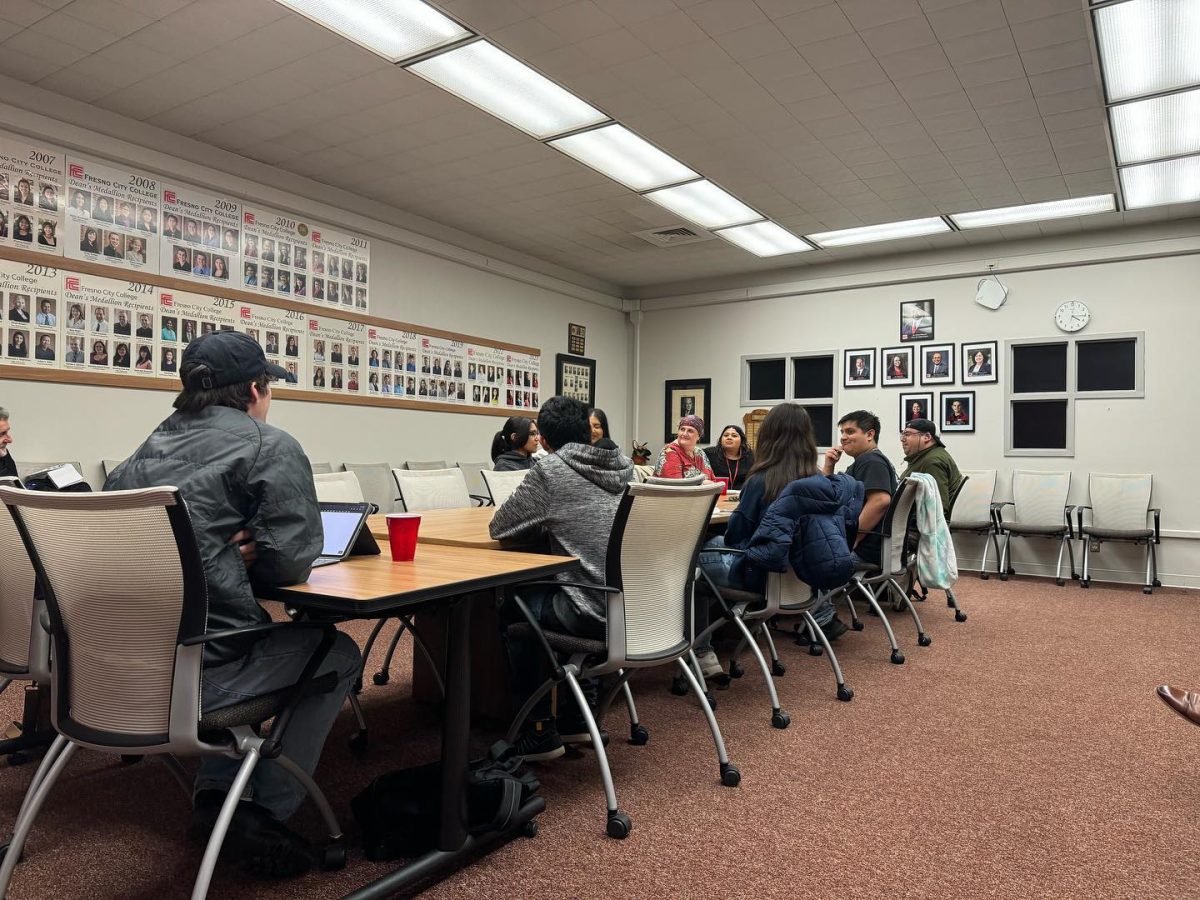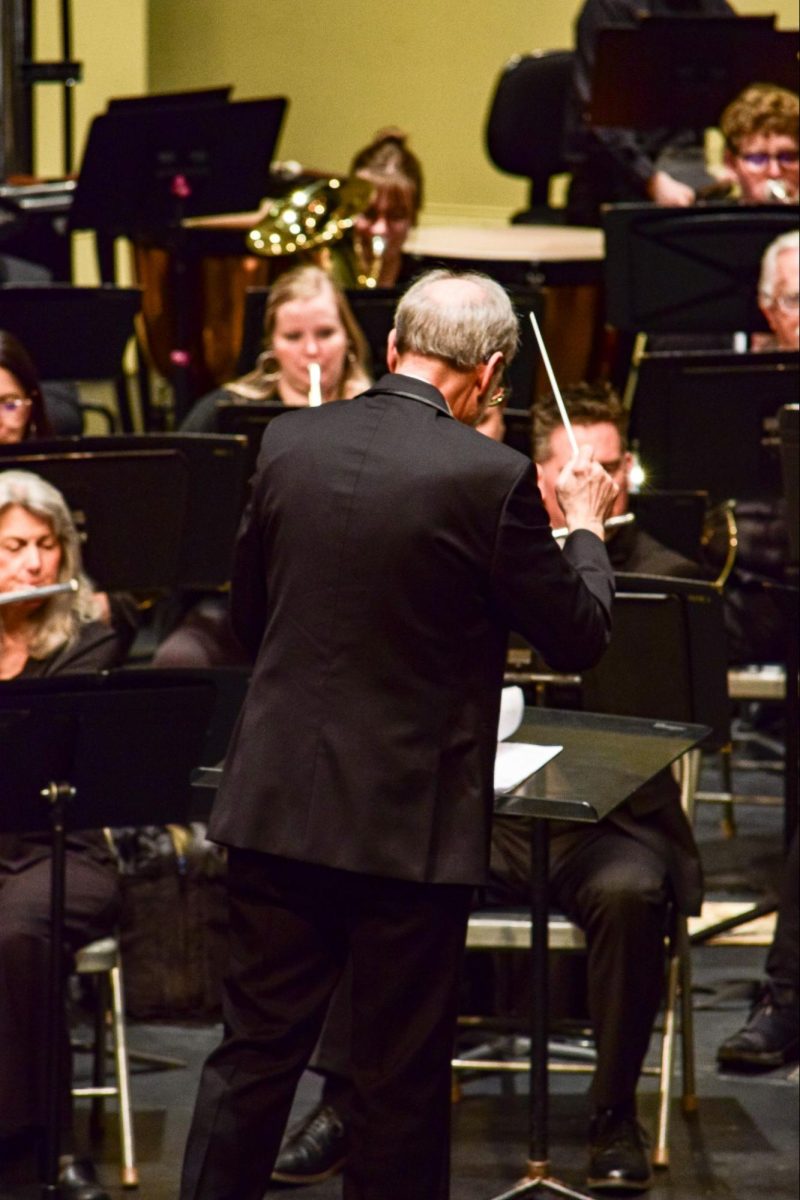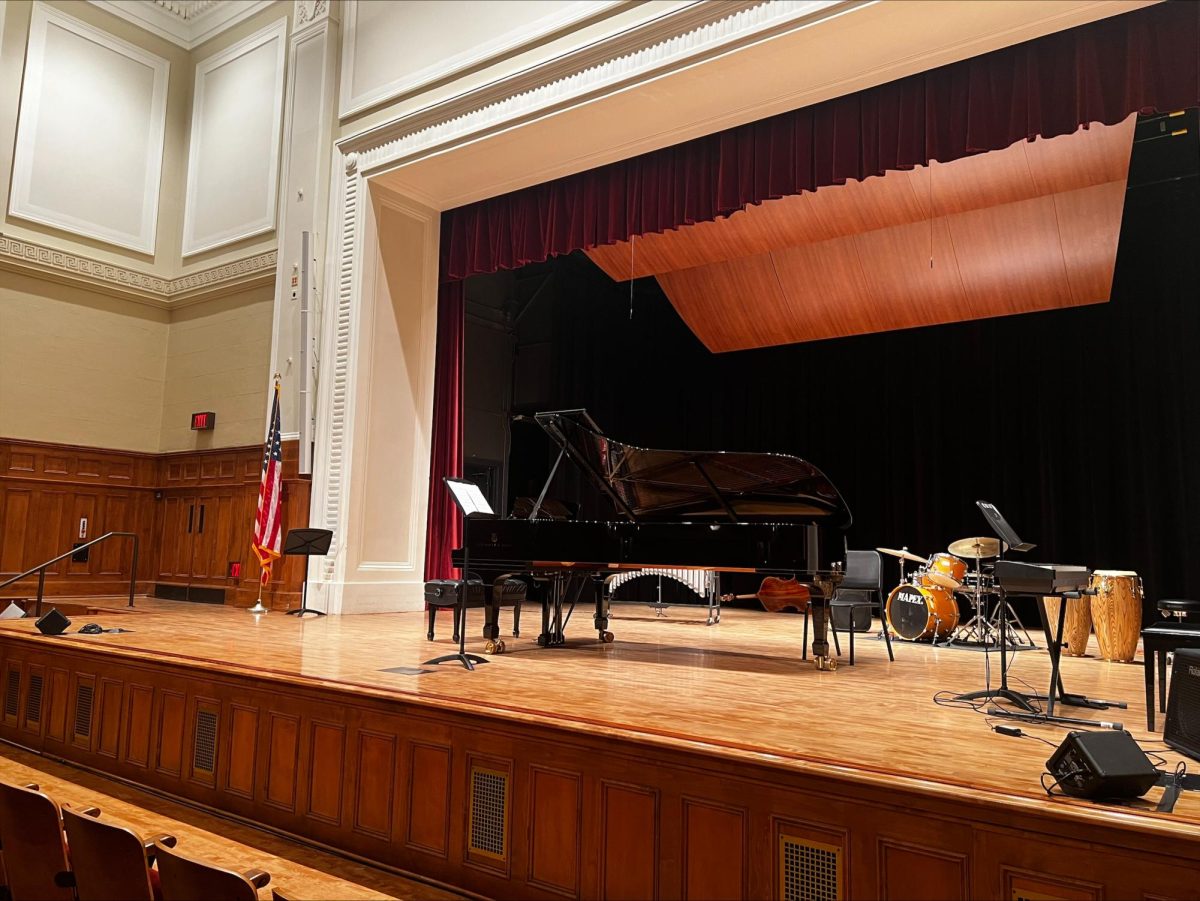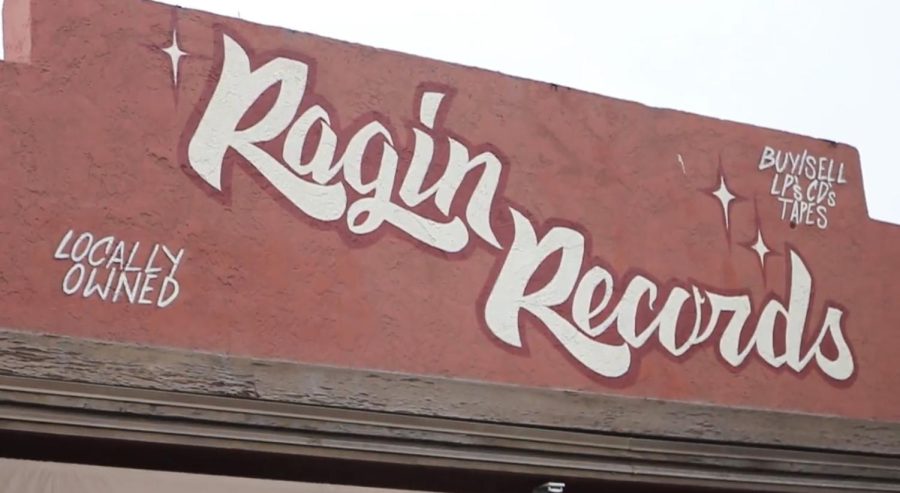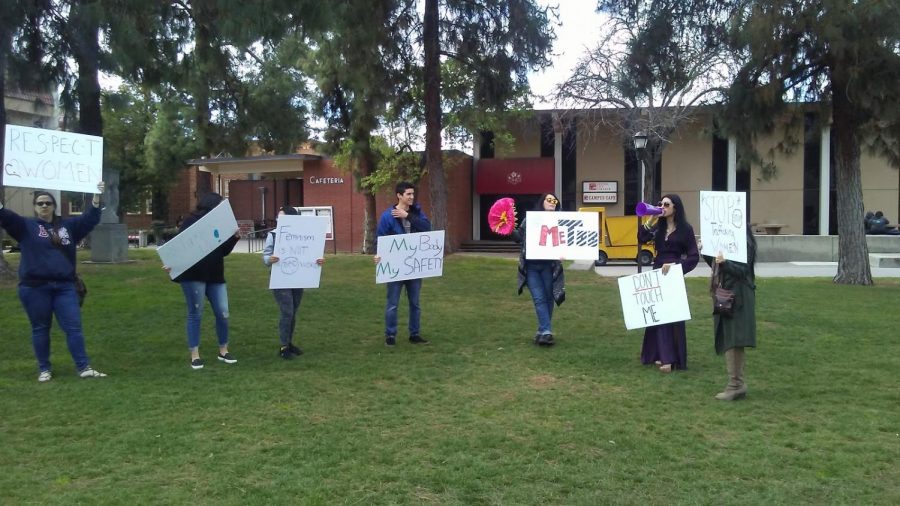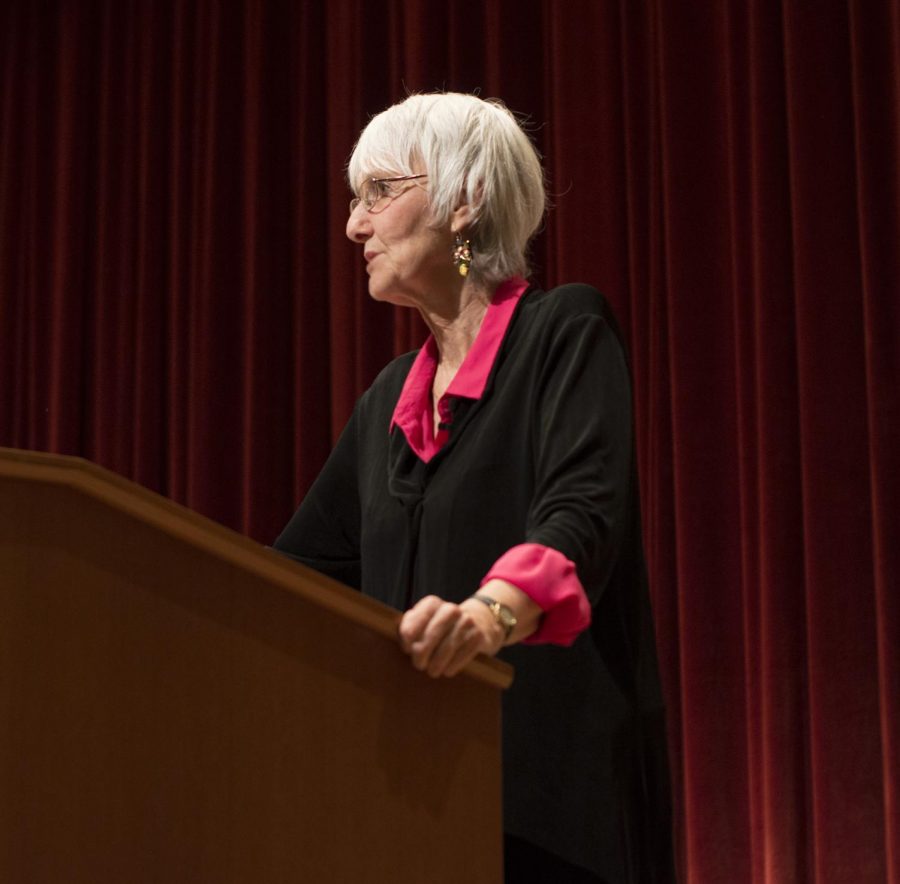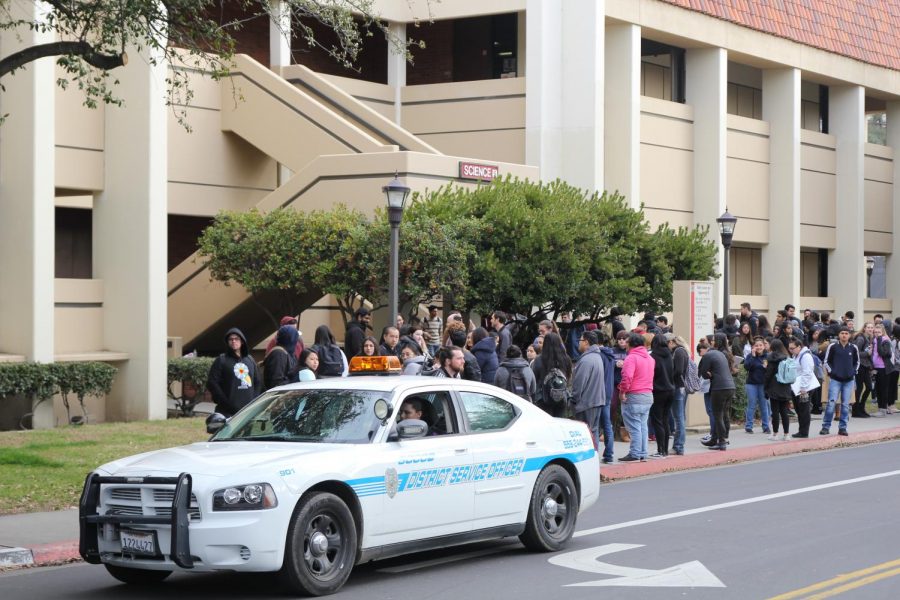American heritage and culture are inseparable from the contributions of black musicians. From segregation to integration to becoming a dominant force, the black music scene transformed popular music and civil movements.
While a twenty-volume encyclopedia could only scratch the surface of the social impacts of gifted and impassioned black musicians, this article will focus on the historical impacts of three musicians in particular.
Paul Robeson was a prominent singer with a deep and powerful baritone.
“Paul Robeson was probably the most famous African-American singer in the ‘30s and ‘40s,” said history professor Paul Gilmore.
He was a performer in “Show Boat,” portraying a slave, and is best known for his performance of “Ol Man River.”
“He did this his whole career,” said Gilmore. “And the early versions of the song, when he was not a famous singer, he of course sung it as the author wrote the song.”
The original lyrics were produced by Oscar Hammerstein II, a white man, in 1927. The lyrics glorified the complacency of a slave.
The composition’s original opening is as follows, “Dere’s an ol’ man called de Mississippi; dat’s de ol’ man dat I’d like to be!”
The original closing is as follows, “Git a little drunk, an’ you land in jail/ ah gits weary/ an’ sick of tryin’/ ah’m tired of livin’/ an skeered of dyin’, but Ol’ Man River/ he jes’ keeps rollin’ along.”
“The original lyrics are written by, you know, these white guys for this white audience,” said Gilmore. “And they’re presenting a black man who knows he’s down trodden … who knows he’s the one who has to do the work. But also has a kind of, you know, ‘well it’s just my fate’ kind of attitude, which excuses the whole system, the white power structure. And then he just subtly changes it.”
Robeson sang his revised version in 1938 before a large gathering. His revised opening is as follows, “There’s an ol’ man called de Mississippi/ that’s the ol’ man I don’t like to be!”
His revised closing is as follows, “You show a little grit, and you lands in jail/ but I keeps laffin’ instead of cyrin’/ I must keep fightin’/ until I’m dyin’/ and Ol’ Man River, he just keeps rollin’ along.”
“He became a really famous actor and a really famous singer. Then he was blacklisted in the 1950s because he was a communist,” said Gilmore. “He had been an all-American football player for Rutgers and has the great claim to fame of having had his all-American status taken away from him like 40 years later.”
Marian Anderson was another historically impactful figure for civil rights. As a contralto singer, was inadvertently placed at the forefront of one of the earliest acts of the civil rights movement on Easter Sunday, April 9, 1939.
“[She] was invited to sing for the Daughters of the American Revolution. The invitation was rescinded because they didn’t realize that she was black,” said Gilmore. “So, Eleanor Roosevelt arranged for her to sing on the steps of the Lincoln Memorial instead.”
A 1939 News of the Day broadcast stated, “75,000 massed before Lincoln memorial to hear Marian Anderson, colored contralto, make her capitol debut at the great emancipator’s shrine…acclaimed by many as the finest in a century.”
Speaking just prior her rendition of “My Country ‘Tis of Thee,” political figures including the Secretary of the Interior Harold Ickes praised her talent and openly challenged the notion of segregation and inequality.
The courage demonstrated by these actions, alongside those of countless others remembered or forgotten by history directly attributed to the nurturing of civil rights and social change. Let us honor their courageous deeds timelessly.



